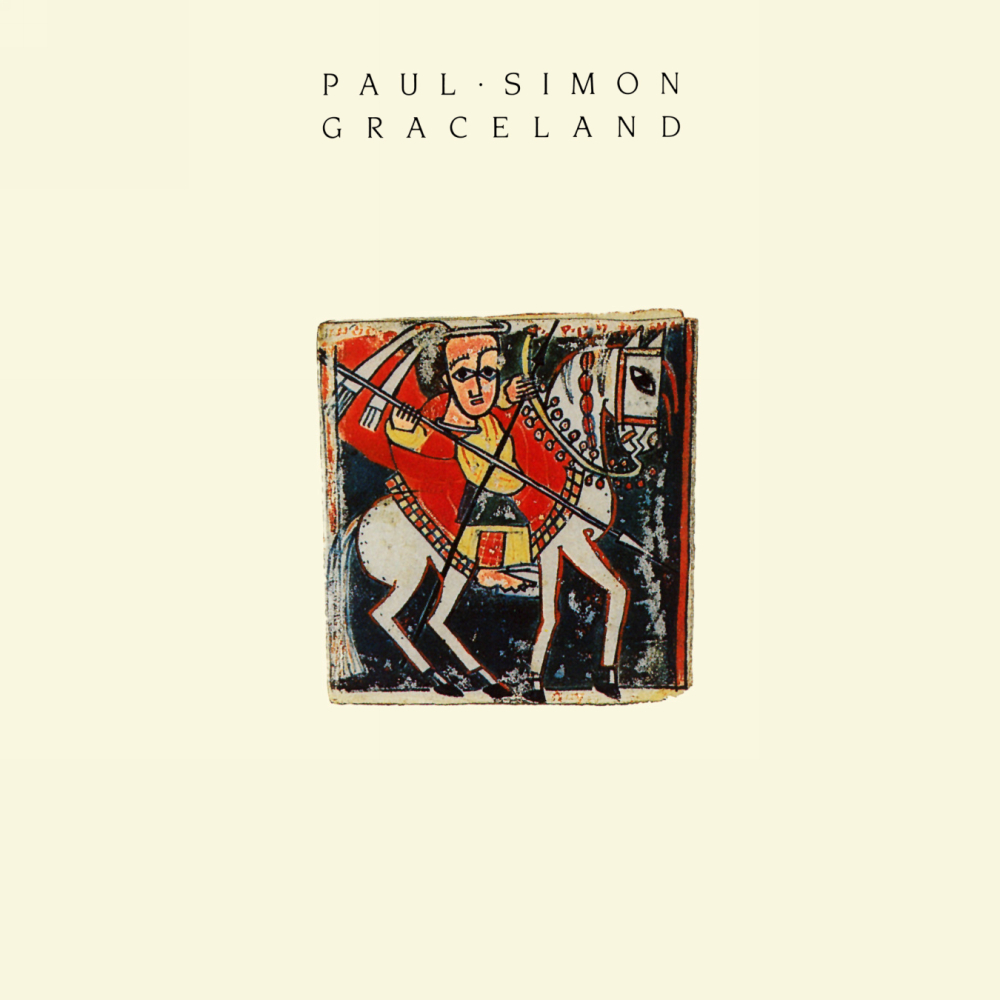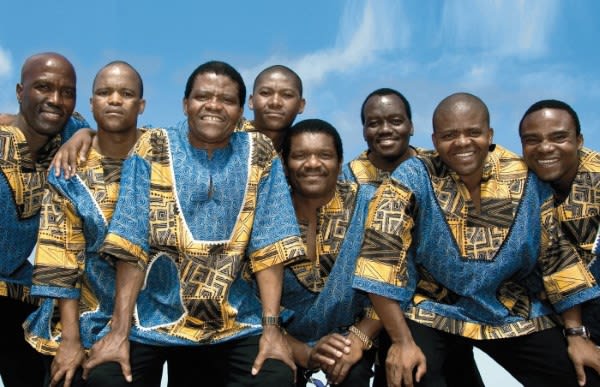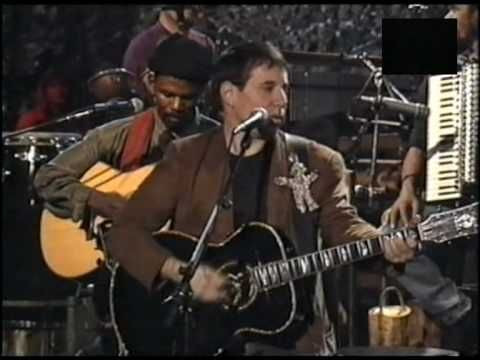Gordon Lightfoot Book, Music and More!
Music Review: Paul Simon - Graceland
Paul Simon’s new album, Graceland, opens with an accordion wheezing erratically, as if trying to catch its breath. Then, a thundering drumbeat and a pulsing bass gradually add a more certain rhythm. By the time Simon begins to sing, the strange music has cast a hypnotic spell. That first song, “The Boy in the Bubble,” is a stirring introduction to the colorful sounds of South African music, a topsy-turvy world where guitars play the role of percussion instruments instead of providing the melody, and voices create rhythmic accents. Simon recorded “Bubble,” like much of Graceland, in both Johannesburg and New York. By melding the traditional, vigorous urban sounds of black South Africa with the latest synthesizer techniques of U.S. pop, he has created a musical hybrid. And his excitement with that synthesis is evident when he sings, against the bracing musical background of “Bubble,” “These are the days of miracle and wonder.”
 The Graceland project began two years ago, when a friend gave Simon a tape of what is known in South Africa as mbaqanga (township jive)—the street music of Soweto. He was so enthusiastic about the style, which he calls “very up, happy music—familiar and foreign-sounding at the same time,” that last year he sought out some of the same black musicians to make a new album with him. At a time when most pop stars are boycotting South Africa because of its apartheid policy, that might appear to be a risky career move. But the 44-year-old singer-songwriter has himself proven his support for the anti-apartheid cause by twice turning down invitations to play in South Africa. As well, before visiting Johannesburg, Simon consulted such respected black American artists as Quincy Jones and Harry Belafonte. They encouraged him to make the trip. According to Hilton Rosenthal, a white South African record producer who introduced Simon to local black musicians, Graceland has been “warmly received” since its release there this month. Said Rosenthal: “Paul didn’t come, raid the culture and dash off. He credited everyone and paid them well.” During two weeks in South Africa, Simon co-wrote and recorded five of the album’s 11 tracks with musicians he met.
The Graceland project began two years ago, when a friend gave Simon a tape of what is known in South Africa as mbaqanga (township jive)—the street music of Soweto. He was so enthusiastic about the style, which he calls “very up, happy music—familiar and foreign-sounding at the same time,” that last year he sought out some of the same black musicians to make a new album with him. At a time when most pop stars are boycotting South Africa because of its apartheid policy, that might appear to be a risky career move. But the 44-year-old singer-songwriter has himself proven his support for the anti-apartheid cause by twice turning down invitations to play in South Africa. As well, before visiting Johannesburg, Simon consulted such respected black American artists as Quincy Jones and Harry Belafonte. They encouraged him to make the trip. According to Hilton Rosenthal, a white South African record producer who introduced Simon to local black musicians, Graceland has been “warmly received” since its release there this month. Said Rosenthal: “Paul didn’t come, raid the culture and dash off. He credited everyone and paid them well.” During two weeks in South Africa, Simon co-wrote and recorded five of the album’s 11 tracks with musicians he met.
That collaborative approach pays off. On “I Know What I Know,” cowritten with Gen. M.D. Shirinda, a performer from the Shangaan tribe in the northern part of the country, steely guitars weave through the song to create dense, percussive sounds. As Simon sings of meaningless conversations at a fashionable party, Shirinda’s backup group, The Gaza Sisters, provides a spirited, whooping accompaniment. Ladysmith Black Mambazo, one of South Africa’s leading black vocal groups, graces two tracks with its sweet sounds. “Homeless” is a gospel-like hymn co-written with the group’s leader, Joseph Shabalala, in which unaccompanied voices sing softly in both English and Zulu about the “moonlight sleeping on a midnight lake.” And “Diamonds on the Soles of Her Shoes,” about a poor boy who is “empty as a pocket” and a girl so rich that she has gems embedded in her shoes, features the charming interplay of Simon’s and Ladysmith’s voices.
Graceland includes American singers The Everly Brothers and Linda Ronstadt. But its real stars are the South Africans, many of whom are reaching North American audiences for the first time. The Boyoyo Boys, a township jive band, use accordion and saxophones to produce their music’s distinctive, hard-edged, rollicking sound on “Gumboots.” And Chikapa (Ray) Phiri, leader of the successful band Stimela, embellishes “Crazy Love, Vol. II” with cascading guitar notes.
 Simon has traditionally been attracted to the sounds of the Southern Hemisphere. While performing with singer Art Garfunkel in the late 1960s, he introduced many listeners to Latin American folk music through the lilting flute of “El Condor Pasa.” He was also among the first North American performers to incorporate Jamaican reggae, in his 1972 hit “Mother and Child Reunion.” In those pieces, Simon was merely testing the cultural waters. In Graceland, he has totally immersed himself in the deep currents beyond the pop mainstream.
Simon has traditionally been attracted to the sounds of the Southern Hemisphere. While performing with singer Art Garfunkel in the late 1960s, he introduced many listeners to Latin American folk music through the lilting flute of “El Condor Pasa.” He was also among the first North American performers to incorporate Jamaican reggae, in his 1972 hit “Mother and Child Reunion.” In those pieces, Simon was merely testing the cultural waters. In Graceland, he has totally immersed himself in the deep currents beyond the pop mainstream.
For Simon, who is one of pop’s most gifted songwriters, Graceland is a significant artistic achievement. Although the album is unlikely to win a place at the top of the charts, it does contain some of Simon’s best compositions in years. The title track, named after Elvis Presley’s mansion in the U.S. Deep South, includes the powerful lyrics, “Losing love is like a window in your heart/Everybody sees you’re blown apart.” In “Bubble,” Simon offers snapshot images of a “bomb in the baby carriage” and of “lasers in the jungle” to convey the chaos that often results when cultures collide. As Graceland shows, those collisions can also produce dazzling creative sparks.
Originally published in Maclean’s 29 September 1986
By accepting you will be accessing a service provided by a third-party external to https://www.nicholasjennings.com/




